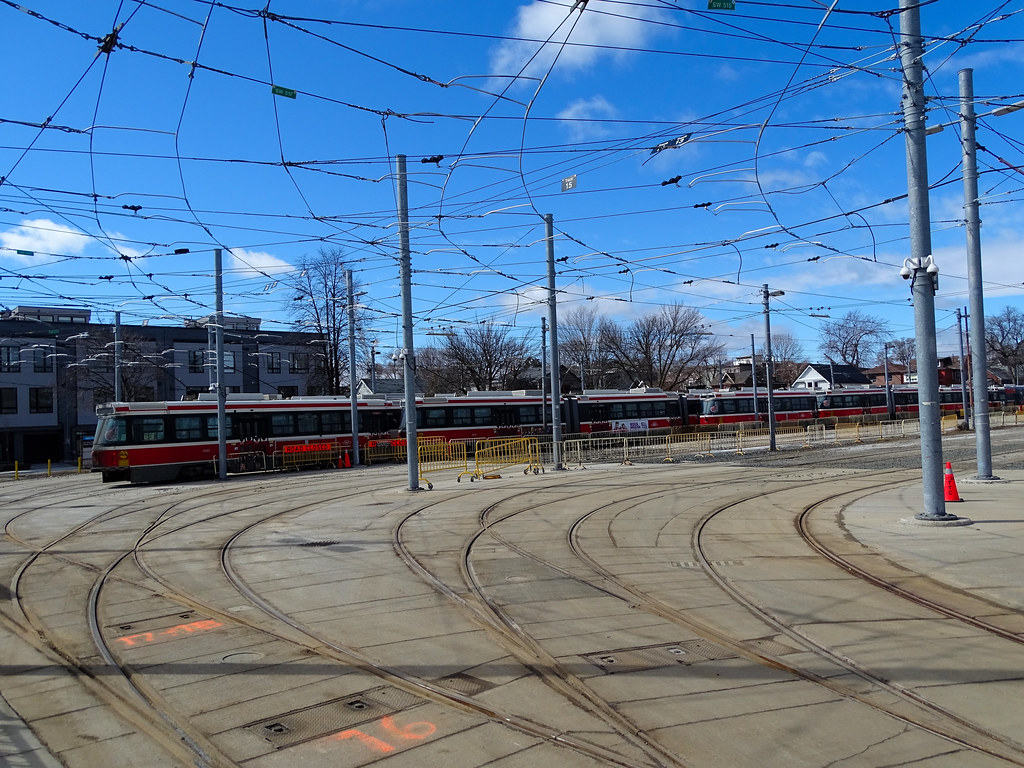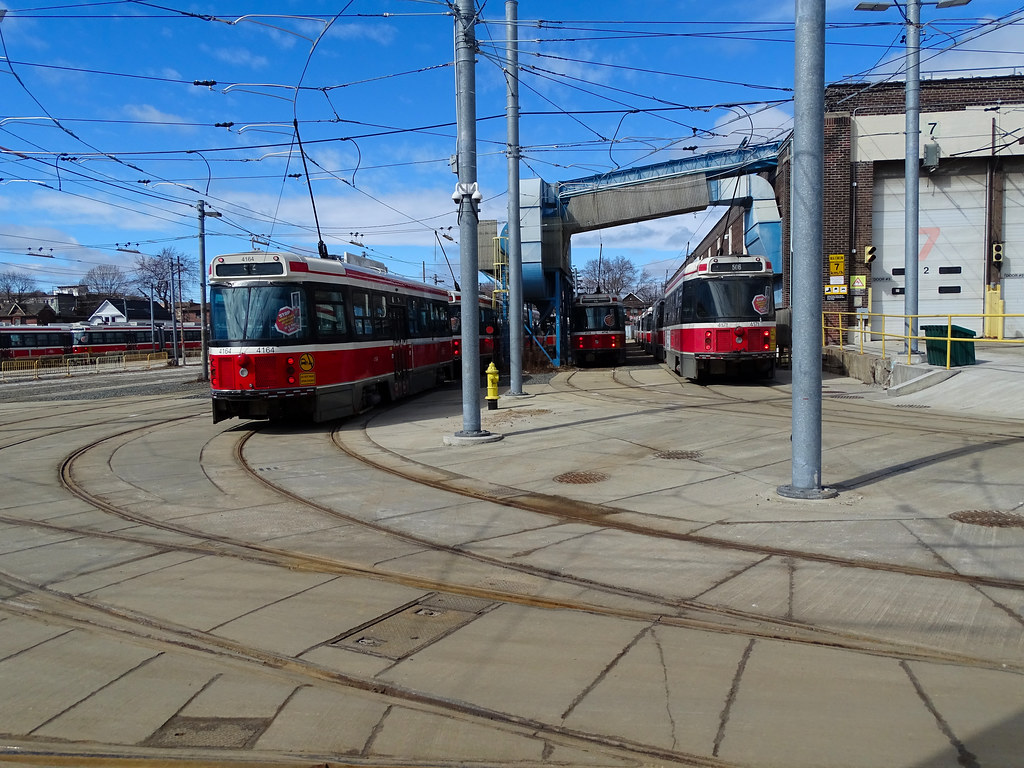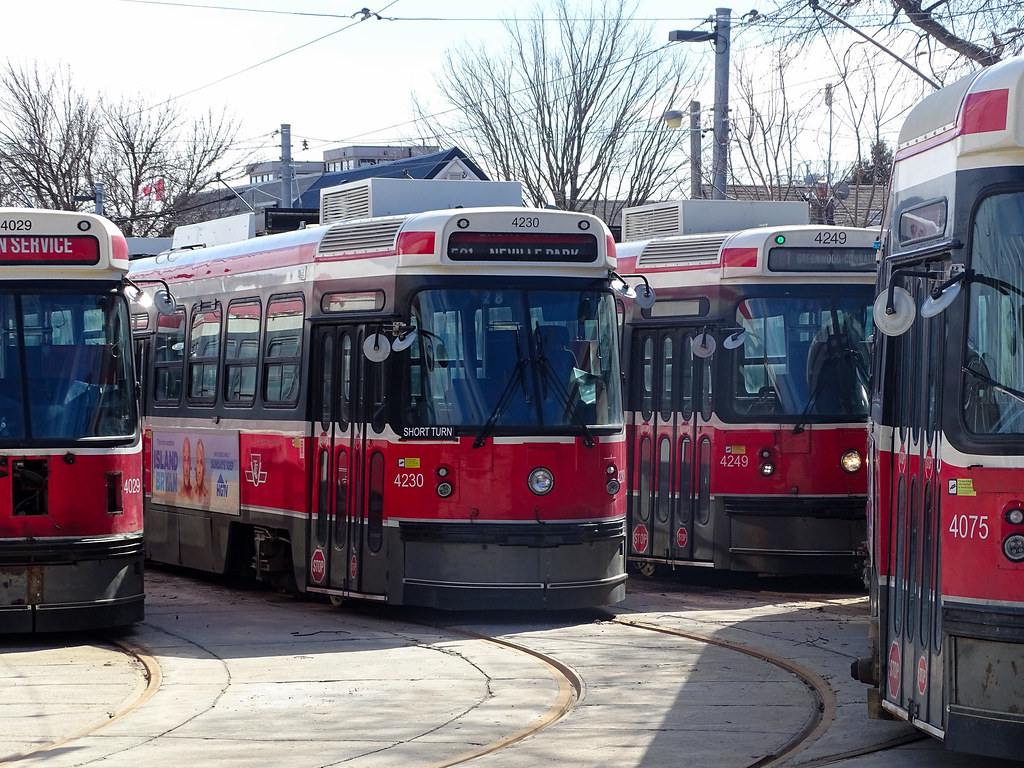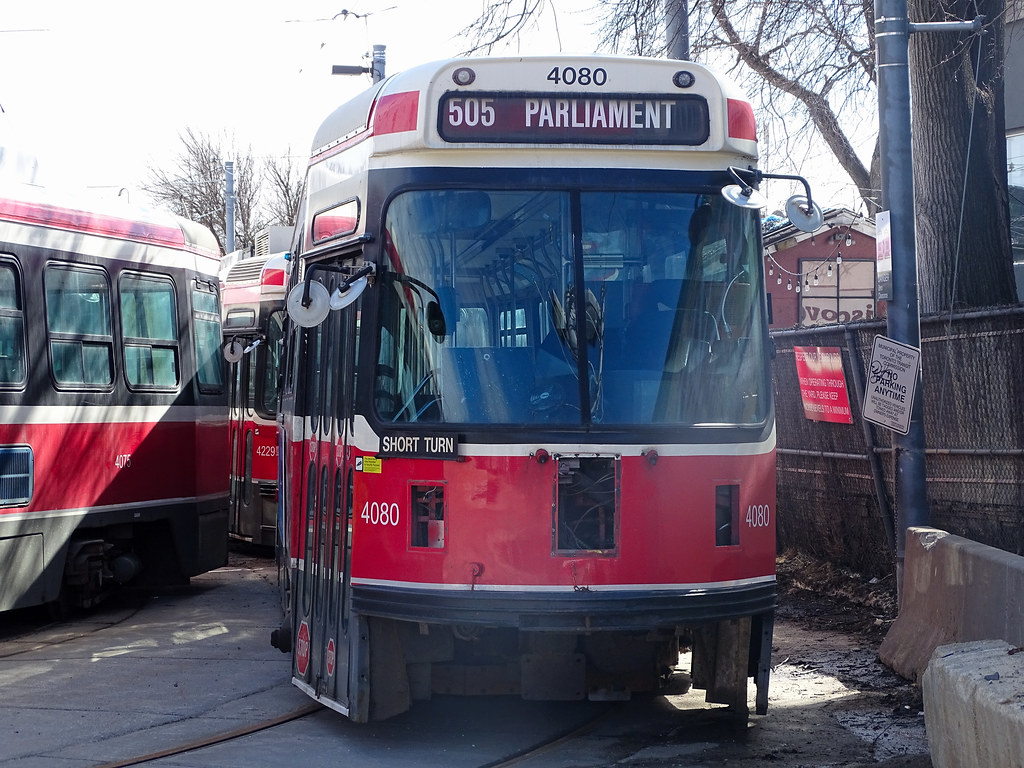robmausser
Senior Member
One thing I don't like about the new streetcars is just how loud they are - at every stop, the loud announcement to look right and watch for passing vehicles, the loud, high-pitched beeps when the doors close. The CLRVs still in service are just so much quieter, and smoother-riding. The new vehicles are fully accessible, which is very important, but I wish the noises were a little softer.
Thats interesting because I find the normal operation, in between stops of the new streetcars to be quieter than the CLRV's. They glide silently on the tracks to the point that im caught off guard.


















